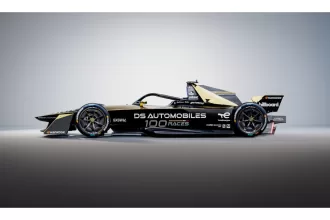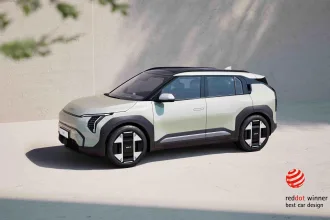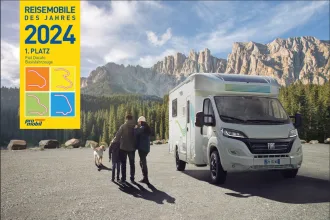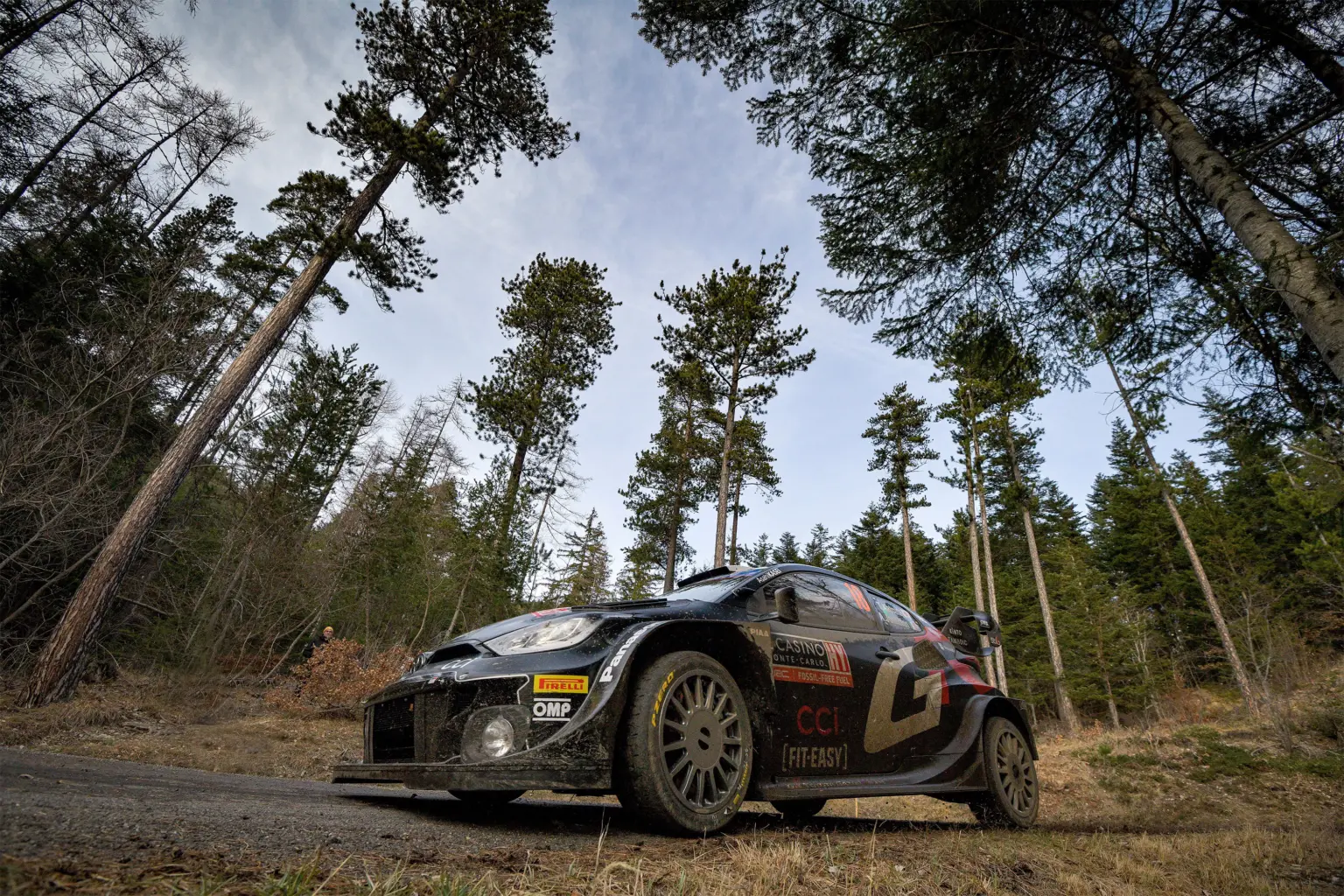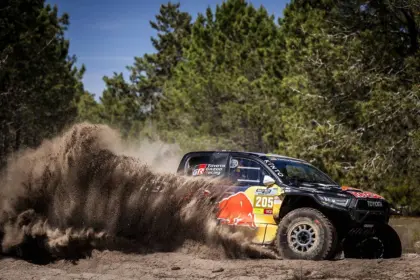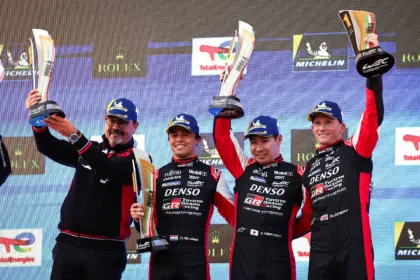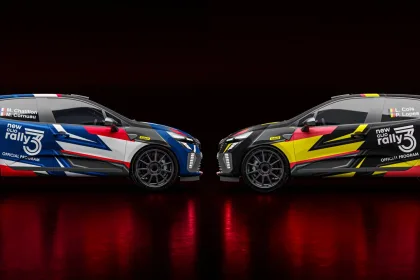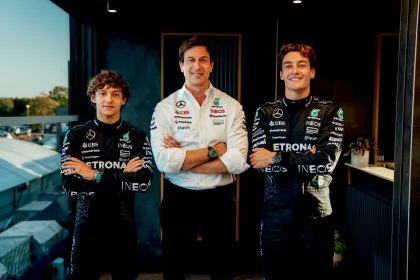TOYOTA GAZOO Racing World Rally Team is targeting more success at the legendary Safari Rally Kenya when the only African round of the season takes place on March 28-31.
Since returning to the FIA World Rally Championship in 2021, the Safari has resumed its reputation as one of motorsport’s toughest challenges. It’s a challenge that TGR-WRT has risen to with three consecutive victories, extending Toyota’s record tally of wins on the event to 11. That includes a historic pair of 1-2-3-4 results in the past two years.
This year, the team brings another strong line-up featuring three drivers who each have multiple Safari podiums to their name. Double world champion Kalle Rovanperä won the event in 2022 and finished a close second last year, while Elfyn Evans has the chance to add his name to the winners’ list after finishing second and third in the last two editions. Kenya has been a happy hunting ground for Takamoto Katsuta too, as the rally where he achieved his first two WRC podium finishes in 2021 and 2022.
For 2024, the Safari returns to a more traditional date earlier in the year, having been held in June since its WRC comeback. This move could coincide with greater rainfall, with the potential to turn usually dry and dusty tracks into deep mud: conditions that have previously been responsible for some of the most iconic images in WRC history.
A change to the regulations means teams are this year permitted to fit Rally1 cars with snorkel systems – another notable feature of the Safari Rally in the past – to help them navigate deep water or soft sand and prevent engines being starved of air. For the first gravel rally of the season, TGR-WRT will also introduce an updated suspension system aimed at improving performance and reliability.
Modifications to the route will make this the longest Safari Rally of the modern WRC era with 367.76 competitive kilometres. Shakedown takes place on Wednesday before the rally starts from the Kenyan capital of Nairobi on Thursday lunchtime, with the competitive action beginning with the nearby Kasarani super special stage. The rest of the event is based around the service park on the shores of Lake Naivasha, about 100 kilometres to the north-west. Two loops of three stages around the lake on Friday are followed by the longest day of the rally on Saturday: this takes crews further north to Lake Elmenteita for another trio of repeated tests, including an extended version of the Sleeping Warrior stage. The action returns to Lake Naivasha on Sunday for another two loops of three stages, with Hell’s Gate hosting the rally-ending Power Stage.

